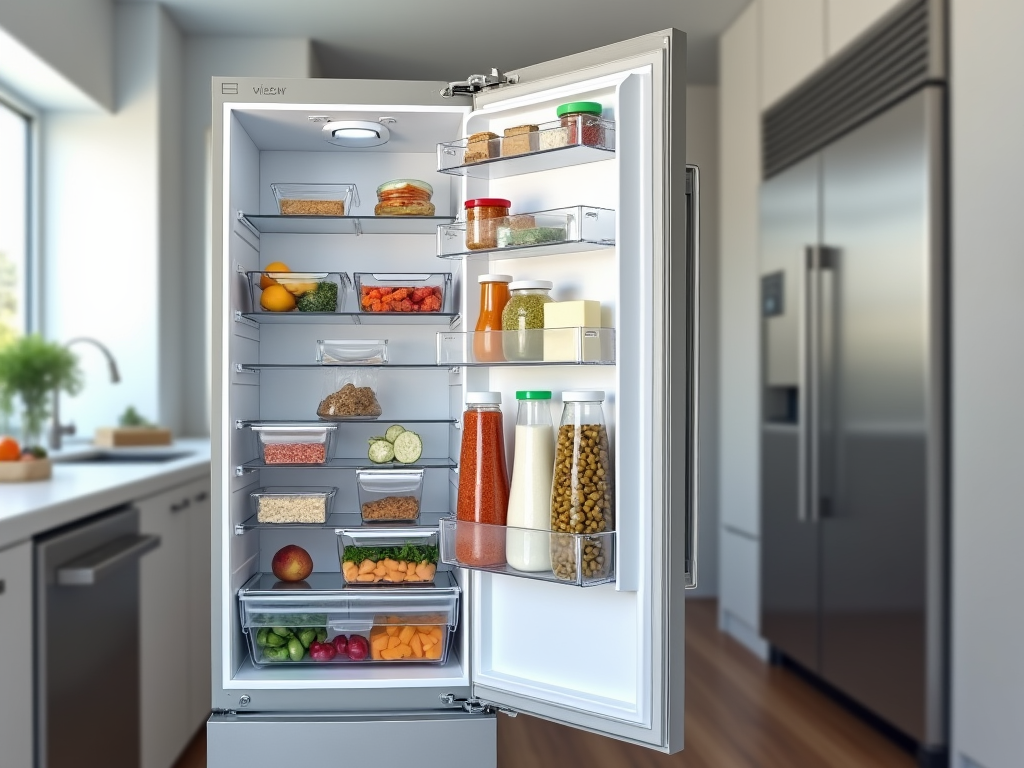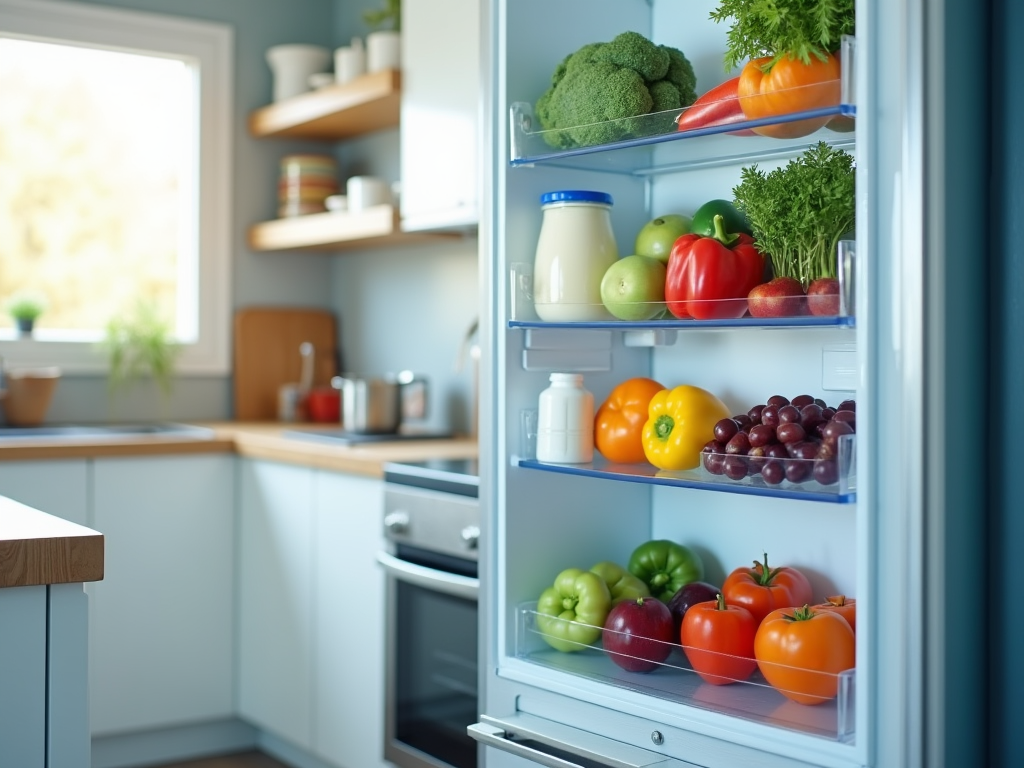Feeling overwhelmed every time you open your fridge? You’re not alone. A disorganized refrigerator can lead to food waste, forgotten items, and meal prep headaches. However, transforming it into a well-structured space can not only declutter your kitchen but also improve your culinary efficiency. This guide will take you through practical steps to reorganize your fridge, ensuring that everything has its place and is easily accessible. You’ll discover the benefits of an organized fridge, how to assess your space, and tips for maintaining this newfound order.
Before you dive headfirst into organizing your fridge, begin by taking a good look at its current state. Understand the layout and think about how you use different types of food. Knowing where everything is will aid in deciding what needs to be done. An essential part of the organization process includes cleaning. Thoroughly examine each item, discarding those that have expired and regrouping necessary items. This not only gives you a fresh start but also allows you to see what you genuinely have, making any upcoming organization tasks much simpler.
Benefits of a Well-Organized Fridge

An organized fridge comes with multiple benefits that can enhance your overall cooking experience. First, it helps in preventing food waste; you will easily see things that need to be used up before they spoil. Additionally, a well-structured fridge promotes healthier eating habits. When you can quickly find fruits and vegetables, you’re more likely to incorporate them into your meals. Another significant advantage is the time savings during meal prep. You’ll spend less time rummaging for items and more time enjoying your culinary creations.
Assessing Your Fridge Space

Start your organization journey by evaluating how your fridge is currently set up. By understanding the available space, you can make thoughtful decisions about where to place specific food items. A good assessment will include cleaning out the fridge, as mentioned before, and noting down items that frequently get lost or forgotten. Once you’ve identified your fridge’s strengths and weaknesses, you can create a tailored plan to improve organization. This process will not only allow for better usage of space but will also enhance the overall functionality of your kitchen. Remember, the goal is to maximize accessibility while minimizing clutter.
As you prepare to organize, cleaning is a critical step. Empty the fridge entirely, and use a mild detergent or a solution of vinegar and water to wipe down surfaces. Make sure to get into all the nooks and crannies, as spills can hide in unexpected places. Once that’s done, categorize your contents into keep, toss, or donate piles. Use the opportunity to inspect each item for expiration dates, allowing you to reset your fridge’s life cycle. This cleanliness will lay the foundation for a renewed salad, snack, and meal haven.
Zones for Efficient Organization
To maximize your fridge’s potential, dividing it into specific zones can be incredibly effective. Clearly defined areas not only streamline the process of locating food but also improve storage efficiency. Below are common zones recommended for an organized fridge setup:
- Produce Zone: Store fresh fruits and vegetables in breathable drawers, managing moisture levels to maintain freshness.
- Dairy Zone: Dedicate a shelf for dairy products, as this is typically the coldest section.
- Protein and Meats Zone: All raw meats should be placed on the bottom shelf to prevent contamination and should always be stored in clearly labeled containers.
| Zone | Items to Store | Storage Tips |
|---|---|---|
| Produce | Fruits, Vegetables | Keep them in separate drawers. |
| Dairy | Milk, Cheese, Yogurt | Store in the back of the shelf for consistent temperature. |
| Protein | Chicken, Beef, Fish | Seal in containers to avoid cross-contamination. |
| Condiments | Sauces, Jams | Store in the door for easy access. |
| Leftovers | Prepared Meals | Use clear containers for visibility. |
Tips for Maintaining Your Organized Fridge
Now that your fridge is organized, maintaining that order is crucial for long-term success. Here are some practical tips that can help keep it tidy:
- Regularly Schedule Cleaning: Dedicate time every two weeks to a month for a quick refresh of your fridge.
- Use Clear Storage Containers: These containers allow you to see what you have, which helps prevent food from being forgotten.
- Label Everything: From storage boxes to shelves, clear labeling can save you time and reduce confusion during cooking.
Conclusion
A well-organized fridge can significantly brighten your kitchen experience, reduce food waste, and streamline meal prep. By establishing zones, regularly cleaning, and using smart storage solutions, you can enjoy both functionality and aesthetics in one essential kitchen appliance. Embrace this system of organization, and enjoy the seamless access to your kitchen essentials, setting you up for success in creating delicious meals.
Frequently Asked Questions
- How often should I clean my fridge? It’s recommended to clean your fridge at least once a month for optimal maintenance.
- What should I do with expired food? Expired food should be thrown away or composted if possible.
- How can I prevent my fridge from smelling? Regularly checking for expired items, using baking soda to neutralize odors, and cleaning spills immediately can prevent bad smells.
- Is it better to store fruits and vegetables together? No, fruits can emit ethylene gas, which can spoil vegetables quicker. It’s best to store them separately.
- What temperature should my fridge be set to? Ideally, your fridge should be at or below 40°F (4°C) to keep food fresh and safe.
